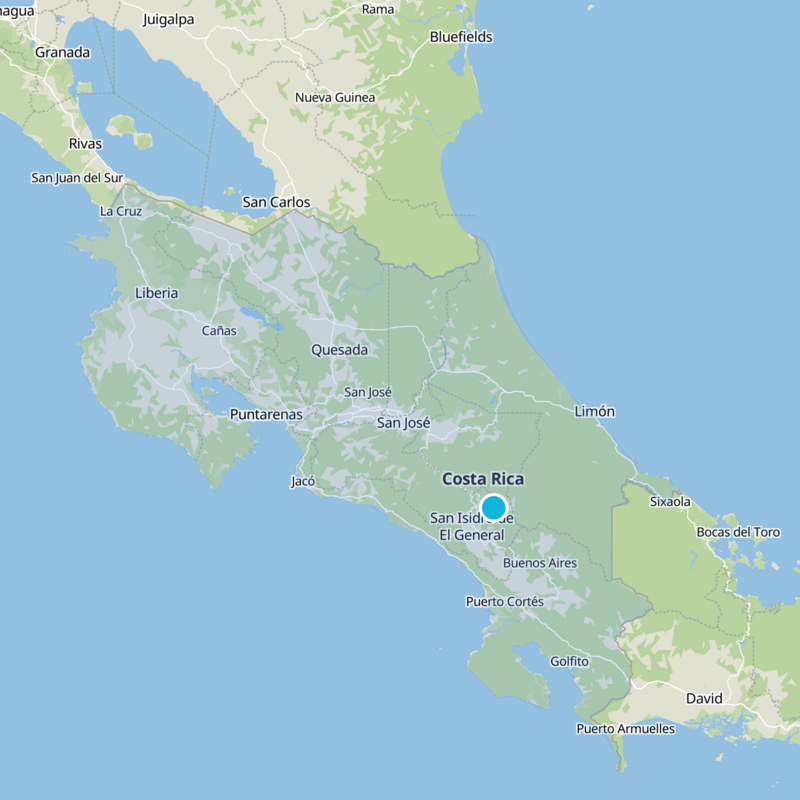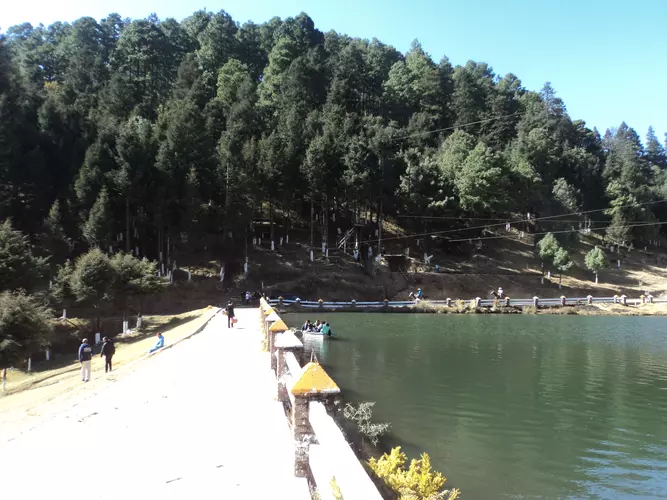"Trek through Costa Rica's vibrant landscapes, discovering quetzals, volcanoes, and rainforests in a hiker's paradise."
Embark on an unforgettable journey through Costa Rica's lush landscapes, where every trail unveils a new wonder. From the misty cloud forests of Monteverde, alive with the calls of resplendent quetzals, to the rugged paths of Arenal Volcano, offering breathtaking views of lava fields and hot springs, each step immerses you in vibrant biodiversity. Discover hidden waterfalls, exotic wildlife, and the serene beauty of tropical rainforests, making Costa Rica a hiker's paradise waiting to be explored.
Most popular hikes
FAQs about hiking in Costa Rica








